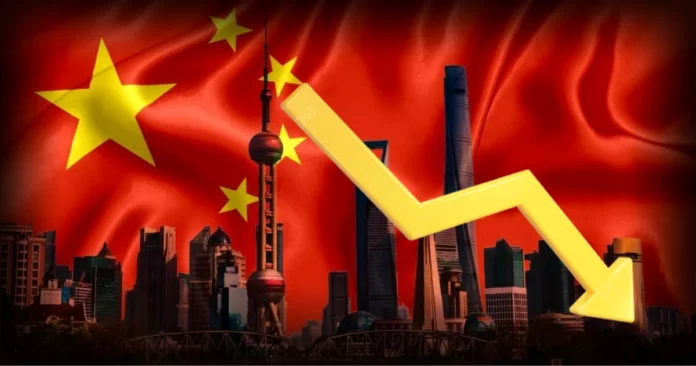Moody’s Investors Service has revised its outlook on China’s government credit ratings from stable to negative, citing concerns over surging local government debt and a deepening property crisis.
The downgrade reflects indications that authorities may need to provide increased financial support for debt-laden local governments and state-owned enterprises, posing broad risks to China’s fiscal, economic, and institutional strength.
According to Moody’s, the change in outlook also reflects heightened risks related to structurally lower medium-term economic growth and the ongoing downsizing of the property sector in China.
The ratings agency affirms China’s A1 long-term local and foreign-currency issuer ratings but projects a slowing annual GDP growth to 4.0 percent in 2024 and 2025, averaging 3.8 percent from 2026 to 2030.
Despite the negative outlook, Moody’s expects China’s economy to maintain a high shock-absorption capacity. However, it anticipates challenges ahead, such as the need for more stimulus measures to address the impact of local government debt and the property crisis on the economy.
The move comes ahead of China’s annual Central Economic Work Conference, expected around mid-December, where government advisers may discuss a steady growth target for 2024 and additional stimulus measures.
Analysts suggest that while the A1 rating remains in investment-grade territory, it is unlikely to trigger forced selling by global funds.
In response to Moody’s decision, China’s Finance Ministry expressed disappointment, stating that the concerns about economic growth prospects and fiscal sustainability are unnecessary. The ministry believes that China’s economy will maintain its rebound and positive trend, asserting control over property and local government risks.
China’s ongoing economic challenges, including the property crisis, local government debt concerns, slowing global growth, and geopolitical tensions, have impacted the country’s post-pandemic recovery. While authorities have introduced policy support measures, there is increasing pressure for more stimulus to address the economic slowdown.
China’s growth is shifting from the rapid expansion seen in past decades, prompting calls for structural reforms to reduce reliance on debt-driven investment and encourage consumer demand.
The central bank has pledged to keep monetary policy accommodative, emphasizing the need for structural reforms alongside supportive measures to sustain economic growth.
Local government debt has risen to 92 trillion yuan ($12.6 trillion), reaching 76 percent of China’s economic output in 2022. To boost economic activity, China plans to issue 1 trillion yuan ($139.84 billion) in sovereign bonds by year-end, raising the 2023 budget deficit target to 3.8 percent of GDP. Foreign investors have remained cautious, with capital outflows from China increasing to $75 billion in September, the highest monthly figure since 2016.
























